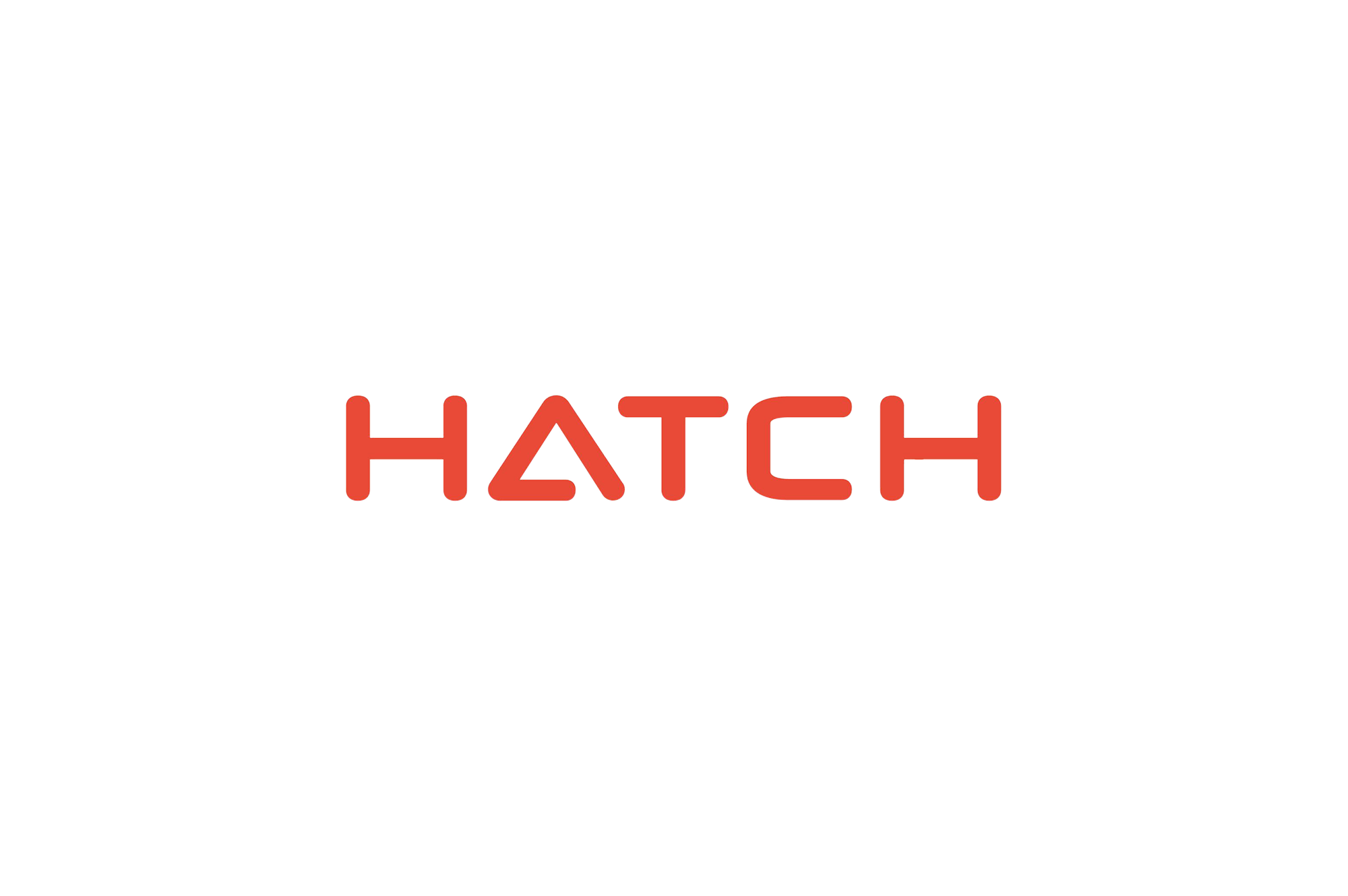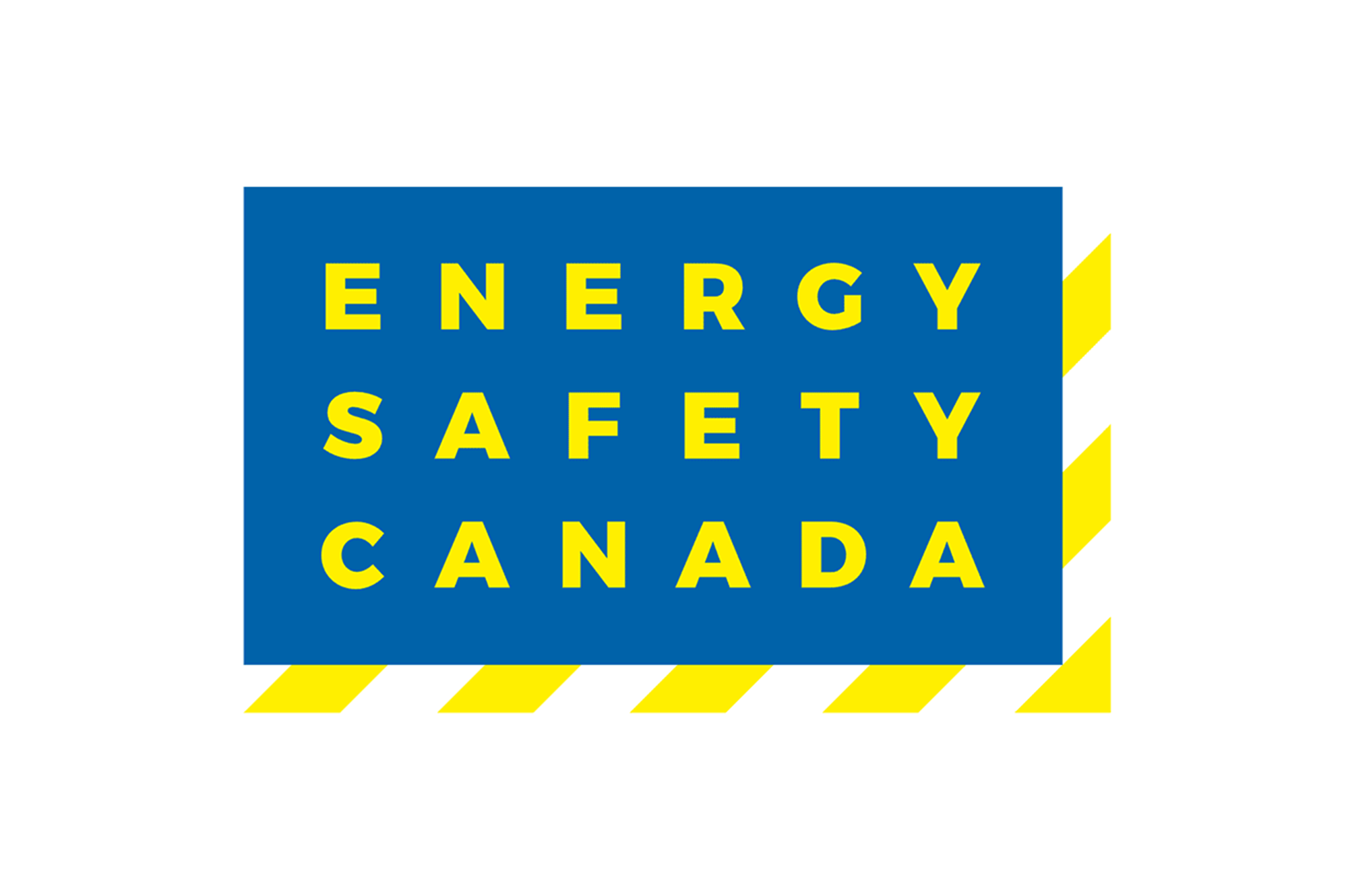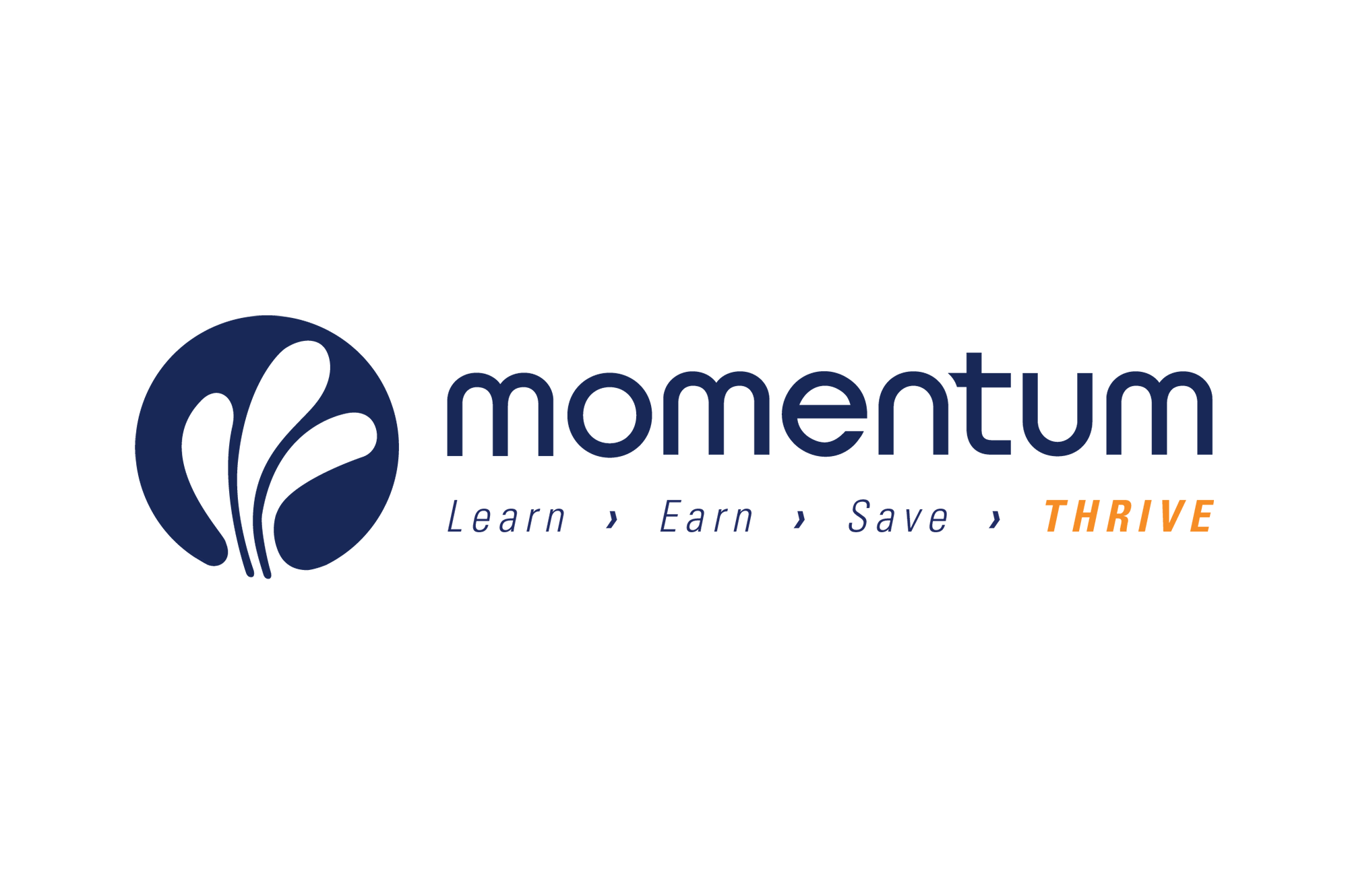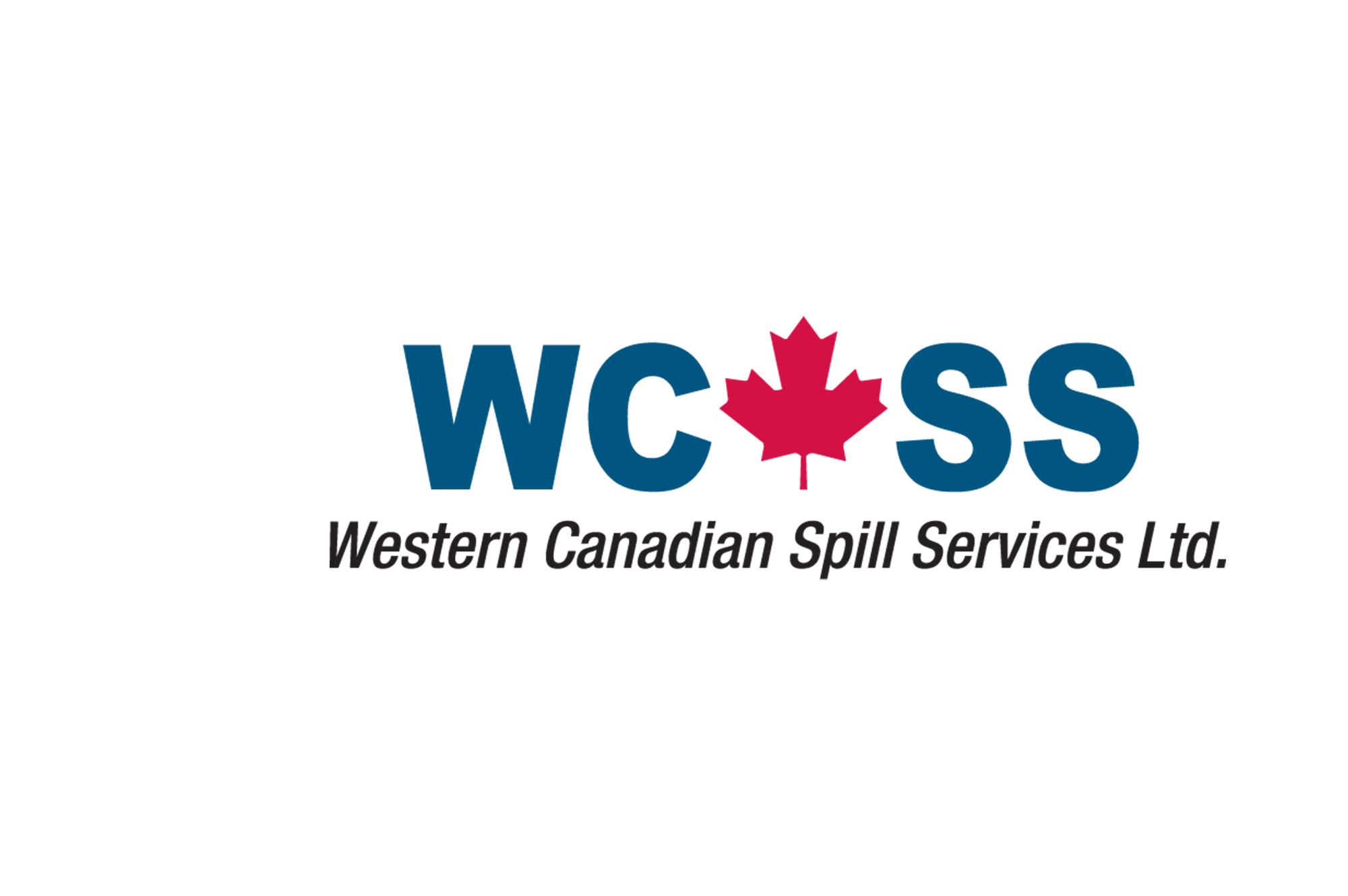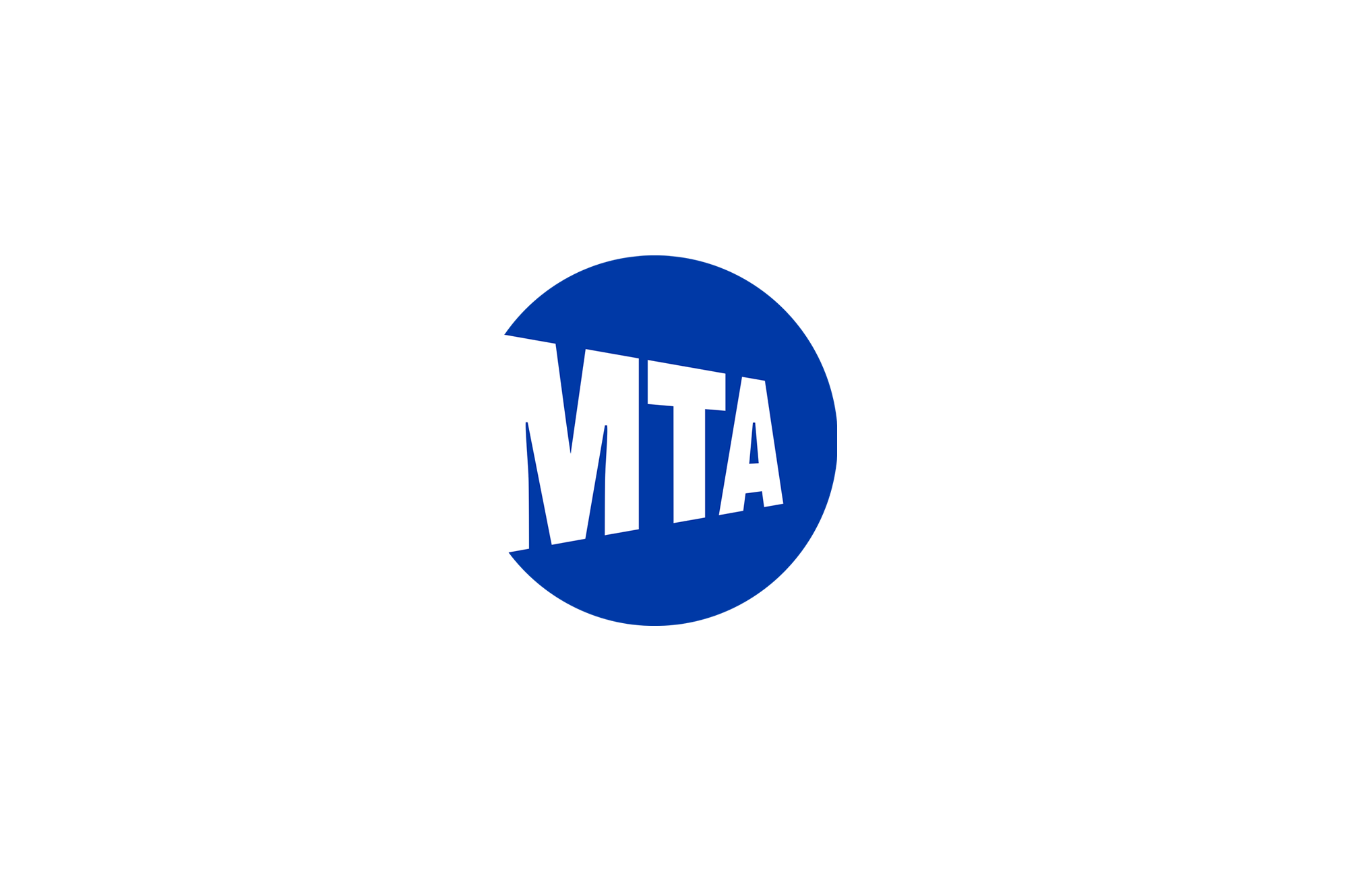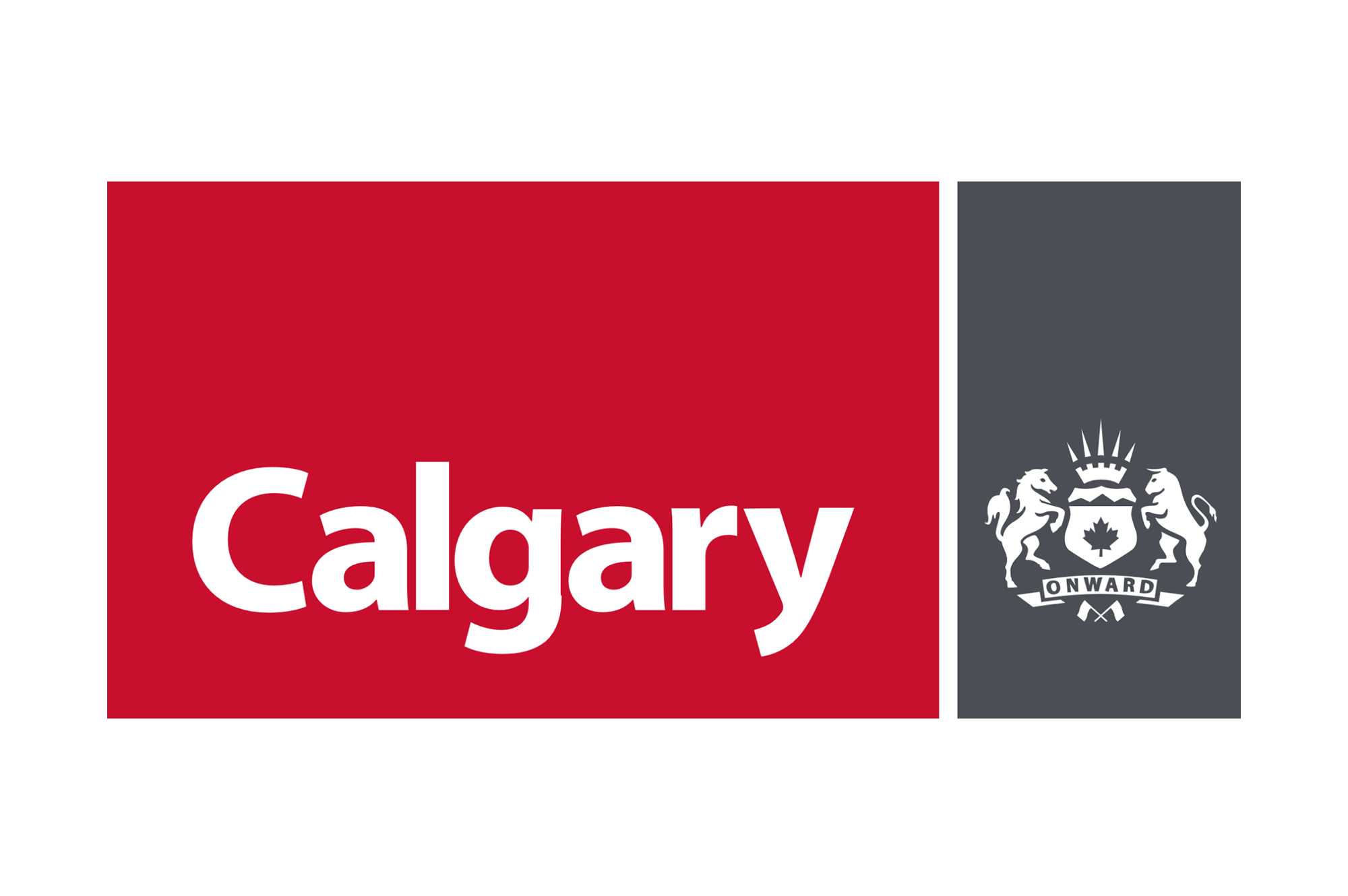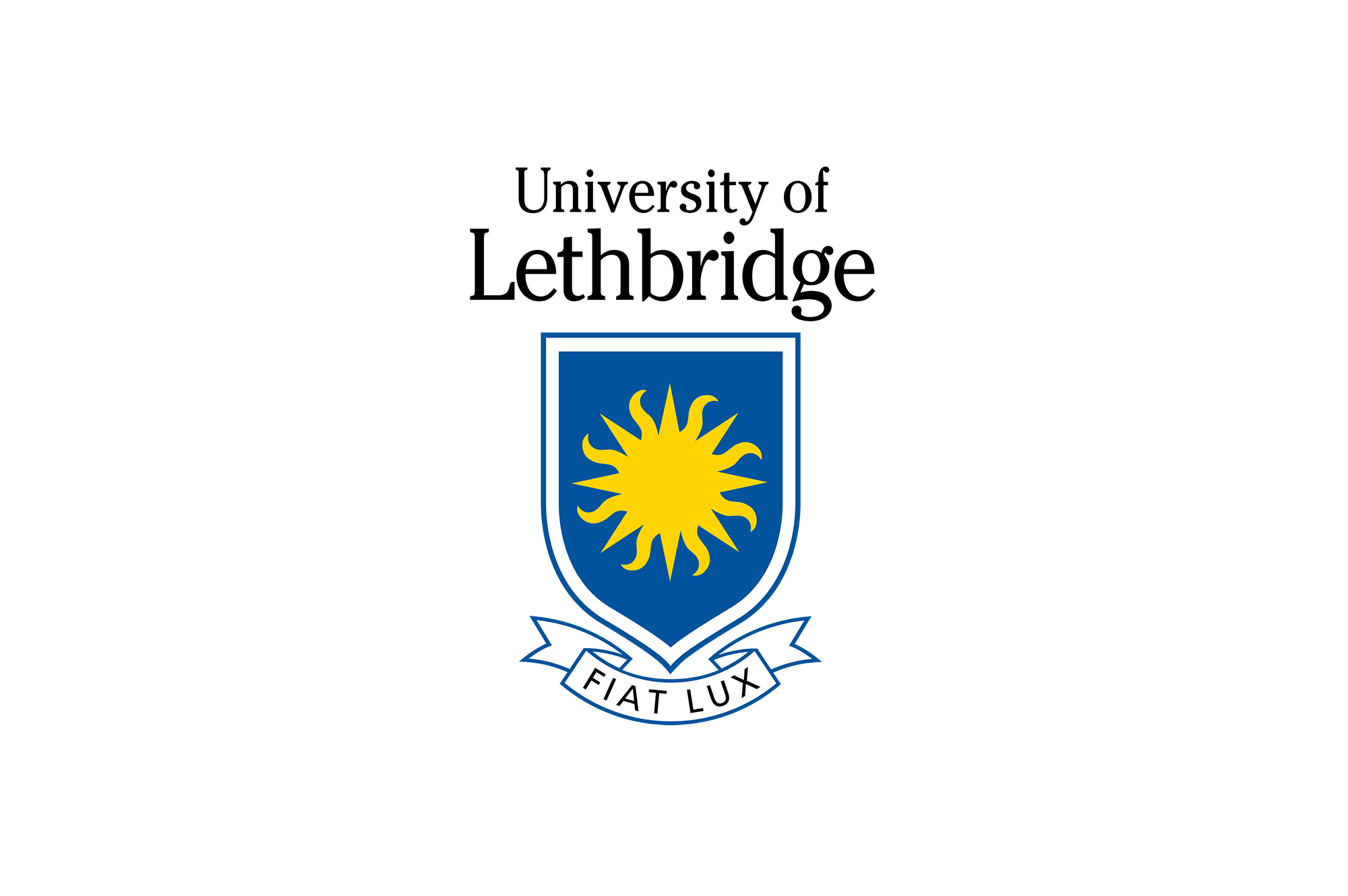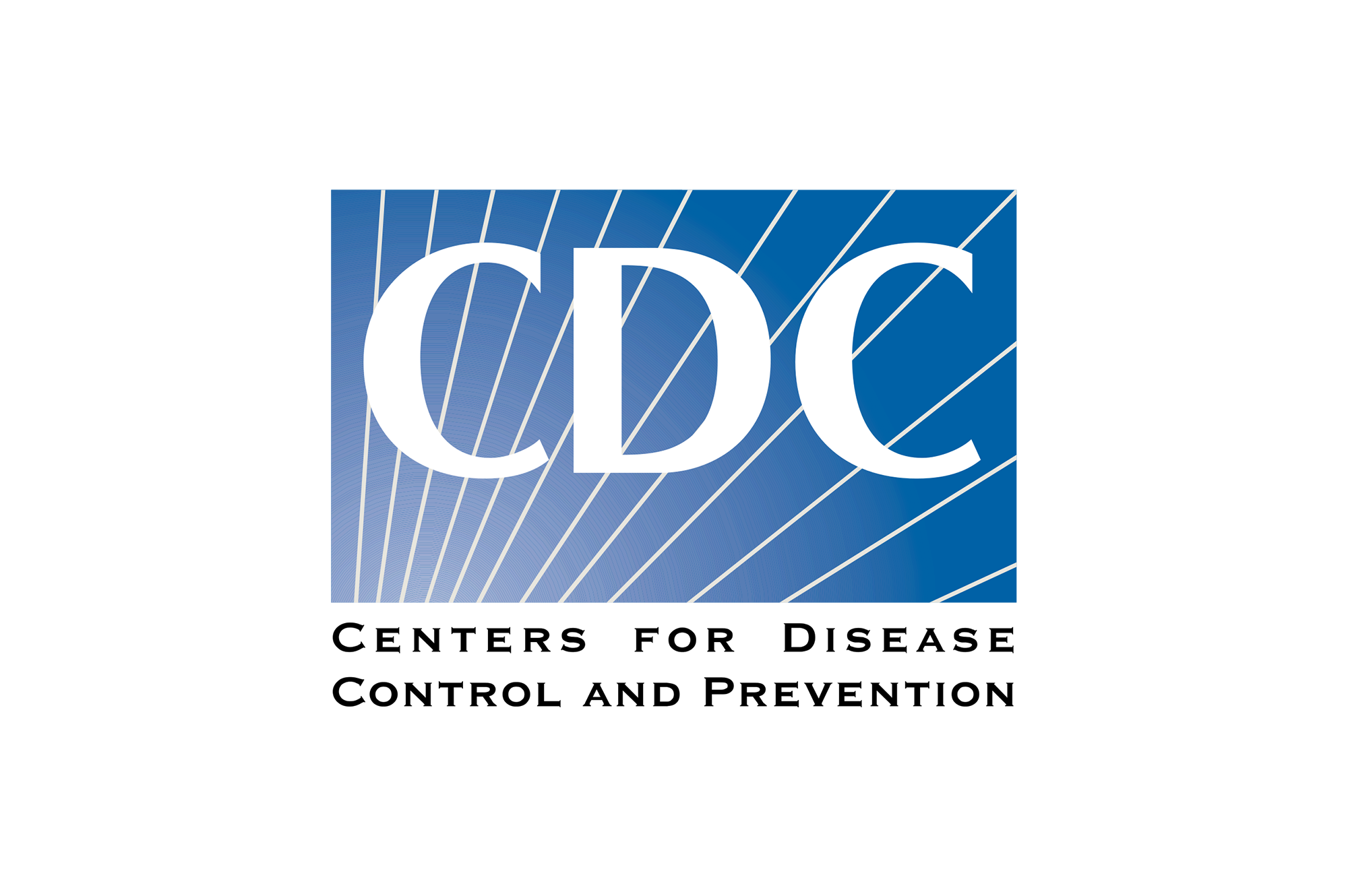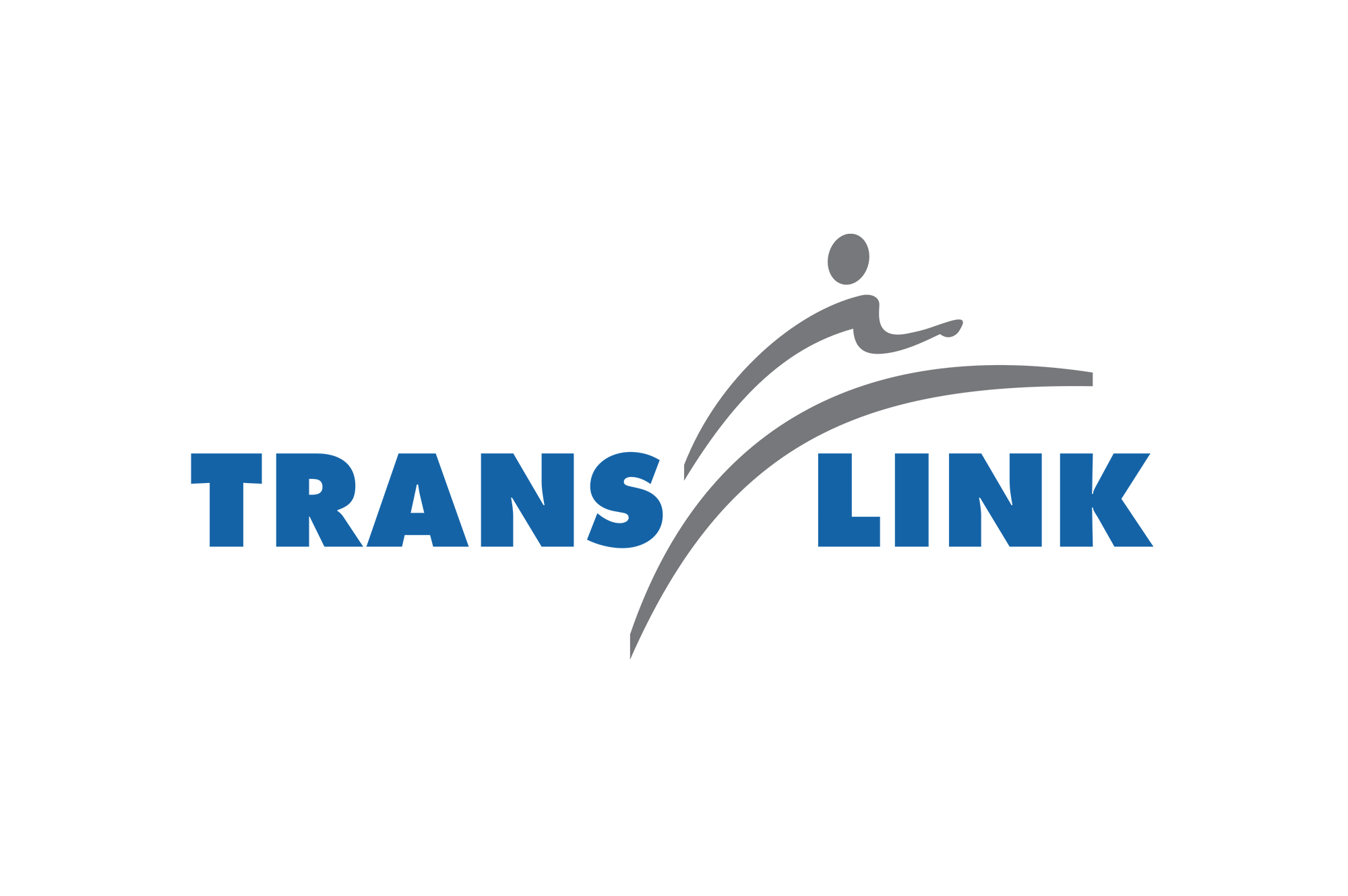BLOG
The New Workplace Normal
Companies are taking stock of their eLearning offerings as training and development evolves to meet the demand for online learning.

Companies are taking stock of their eLearning offerings as training and development evolves to meet the demand for online learning.

These days, the concept of the new normal isn’t all that new. But what it looks like for the workplace may be.
Even when (if?) workers return fully to the office, the vast majority of training is likely to continue virtually. As the demand for fresh online learning content also continues, existing courses and Learning Management System (LMS) access surges, those providing eLearning are taking stock of their offerings.
What that means for Learning and Development (L&D) teams is not only a push to ensure eLearning is robust enough to handle current requirements, but future ones too. As the economy rebuilds, allowing for new hires, those employees will need training. That means upping learning content development, integrating virtual assistants or increasing LMS capacity to handle the extra workload and traffic.
Add to that the process many workplaces and educational institutions are already undertaking—transferring offline learning to online platforms—and the breadth of online education starts to take shape.
However, it’s not just training and development that will continue to evolve. The very nature of the workplace—and how people adapt to its new normal—is also shifting.
As pandemic precautions recede, it’s clear the health and safety of employees still goes beyond the physical. The psychological safety of employees continues to be of significant importance as they grapple with the changes they’ve endured for months and will likely continue to experience in the foreseeable future.
Being transparent with employees, communicating clearly (even if that’s virtually) and assuring them there’s a plan in place go a long way to reducing anxiety and helping them feel psychologically safe. Overcoming the fear of the unknown is a major hurdle for many. Indeed, neuroscience shows that the brain sees uncertainty as a threat.
Simply listening to employees’ concerns can help alleviate them. Even if that can’t be done face to face, experts recommend creating frameworks that allow employees to connect with leaders and team members in a meaningful way. This could mean hosting virtual town halls, scheduling weekly one-on-one meetings or conducting brief, anonymous surveys as a way of receiving candid feedback, then adjusting communication or strategies as needed.
The unprecedented level of change everyone has faced due to COVID-19 will continue to permeate all aspects of work life, including policies and procedures, organizational structure and L&D. Employees’ ability to adapt to the new normal and ongoing concerns for their wellbeing mean the future workplace may prove even more challenging than its predecessor.
Want to know more about how our digital knowledge solutions can create a competitive advantage? Connect with one of our experts today to learn more.
We develop digital knowledge solutions. Our team makes heroes of learning and development professionals. We improve workspace experience (and lives) across the globe, with better learning.


